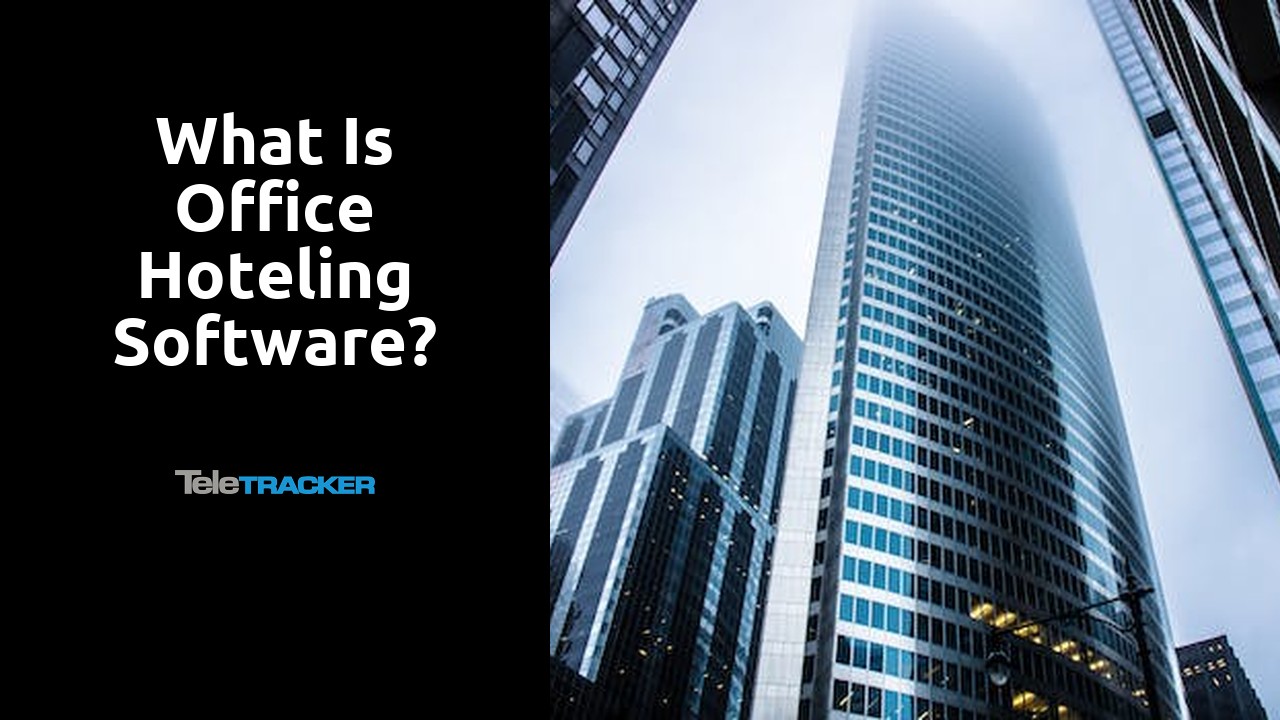The Evolution of Workspace Organization in Business
The way workspaces are organized in business has seen a significant evolution over the years. Gone are the days of cubicles and strictly hierarchical structures. Instead, companies are now embracing more open and collaborative environments. This shift in workspace organization can be attributed to several factors including the recognition that creativity and innovation thrive in spaces that encourage interaction and teamwork. Additionally, advancements in technology have played a significant role in transforming how work is done, making it easier for employees to connect and collaborate regardless of their physical location.
One of the key aspects of the evolution of workspace organization is the move towards flexible office solutions. Traditional fixed desks are being replaced with more flexible options such as hot desking. Hot desking allows employees to choose different workstations on a daily or project basis, rather than having assigned desks. This not only saves space and resources but also promotes collaboration and diversity of ideas as employees have the opportunity to interact with different colleagues each day. The rise of flexible office solutions like hot desking is a reflection of the changing nature of work and the need for adaptability in an ever-evolving business landscape.
Here is a super informative post that goes into more detail.
The Rise of Flexible Office Solutions
Flexible office solutions have become increasingly popular in recent years, as companies strive to create workspaces that accommodate the changing needs and dynamic nature of modern business. This shift away from traditional office setups, where employees are assigned fixed workstations, has been driven by the desire to foster creativity, collaboration, and adaptability in the workplace.
At the heart of flexible office solutions is the concept of providing employees with the freedom to choose how and where they work within the office environment. This can include options such as hot desking, where employees are not assigned a specific desk but instead have the ability to select a workstation based on their needs for that particular day or project. By promoting mobility and flexibility, companies are finding that employees are able to work more efficiently, collaborate more effectively, and feel a greater sense of autonomy and ownership over their work.
Maximizing Efficiency and Collaboration in the Modern Workplace
In today’s modern workplace, maximizing efficiency and collaboration has become a top priority for businesses across industries. Employers are constantly seeking ways to streamline operations and promote teamwork among employees. With advancements in technology and changing work dynamics, new strategies and approaches have emerged to address this need.
One of the key aspects of maximizing efficiency is embracing digital tools and platforms that facilitate seamless communication and information sharing. The use of project management software, cloud-based storage, and real-time collaboration tools has revolutionized the way teams work together. Tasks can now be assigned, tracked, and completed more efficiently, ensuring that everyone involved is on the same page and deadlines are met. Additionally, these tools also enable remote work and cross-functional collaboration, breaking down barriers imposed by physical distances and traditional office structures.
Collaboration is not limited to just technology, as organizations are also introducing collaborative workspaces within their physical offices. Open floor plans, communal areas, and shared workstations are becoming increasingly popular, as they foster communication and idea exchange among employees. From brainstorming sessions in flexible meeting rooms to impromptu discussions in casual lounges, these collaborative spaces create opportunities for innovation and synergy. Moreover, they also promote a sense of community and belonging among employees, which can have a positive impact on productivity and job satisfaction.
Breaking Down Traditional Office Structures: Hot Desking Explained
Traditional office structures have long relied on the concept of assigned desks, where employees have their own designated workspace. However, in recent years, a new trend known as hot desking has been gaining popularity. Hot desking is a system where employees do not have their own fixed desk but instead choose from an available pool of workstations each day.
The idea behind hot desking is to increase flexibility and optimize space utilization in the office. By eliminating assigned desks, companies can make more efficient use of their workspace, allowing for better collaboration and interaction among employees. This concept is especially beneficial for organizations with remote or flexible work arrangements, as it enables employees to choose a workspace that best suits their needs on any given day. Hot desking also promotes a more dynamic and agile work environment, where employees have the freedom to move around and collaborate with different teams, fostering innovation and cross-functional communication.
Embracing Agile Workspaces for Increased Productivity
In today’s fast-paced and ever-changing business landscape, companies are continually seeking ways to increase productivity and efficiency. One solution that has gained popularity in recent years is the concept of agile workspaces. Agile workspaces are designed to promote collaboration, flexibility, and adaptability, all in an effort to enhance productivity among employees.
Gone are the days of fixed cubicles and assigned seating. In an agile workspace, employees have the freedom to choose where they work, whether it’s at a standing desk, in a collaborative area, or even outside the traditional office setting. The goal is to create an environment that supports different work styles and encourages cross-functional teams to come together and collaborate seamlessly. By embracing agile workspaces, companies are finding that employees are more engaged, motivated, and productive, ultimately leading to better business outcomes.
Redefining WorkLife Balance: Hot Desking and its Impact on Employees
Hot desking, a flexible workspace arrangement where employees do not have assigned desks, is redefining work-life balance for many employees. With hot desking, employees have the freedom to choose their workspace based on their needs and preferences. This allows them to have more control over their environment and can lead to increased productivity and job satisfaction.
However, the impact of hot desking on employees’ work-life balance is not always positive. While some employees may appreciate the flexibility and variety that hot desking offers, others may feel a loss of personal space and stability. The constant need to find a new workspace each day can be stressful and disruptive, especially for those who prefer a consistent and familiar work environment. Employers must be mindful of these factors and provide support and resources to help employees adapt and maintain a healthy work-life balance in a hot desking setup.
Elevate Your Workspace with TeleTracker’s Hot Desking Solutions
Unlock the potential of your office space and enhance productivity with TeleTracker’s hot desking solutions. Whether you’re looking to implement hot desking or office hoteling, our customizable software offers seamless management and optimization of your workspace. Take the next step towards a more efficient and flexible office environment by reaching out to us at https://teletracker.net. Let TeleTracker empower your organization to thrive with our innovative hot desking and office hoteling solutions.
FAQS
What is hot desking?
Hot desking is a flexible office setup where employees do not have assigned desks and can choose any available workspace on a first-come, first-served basis.
Why is hot desking becoming popular in the business world?
Hot desking is gaining popularity due to its ability to maximize efficiency and collaboration in the modern workplace. It allows businesses to make the most of their office space and encourages a more dynamic and agile work environment.
How does hot desking differ from traditional office structures?
Unlike traditional office structures where employees have their own assigned desks, hot desking breaks down these traditional boundaries and encourages employees to work from any available workspace. It promotes flexibility and adaptability in the workplace.
What are the benefits of hot desking for businesses?
Hot desking offers several benefits for businesses, including increased productivity, cost savings on office space, improved collaboration and communication among employees, and the ability to easily accommodate remote or flexible working arrangements.
How does hot desking affect employees?
Hot desking can have a positive impact on employees by promoting a more collaborative and social work environment. It can also help employees develop a sense of adaptability and flexibility in their work routine. However, it may also require some adjustment for those who prefer a more structured and personal workspace.
Can all businesses implement hot desking?
Hot desking can be implemented in various types of businesses, but its suitability depends on factors such as the nature of work, company culture, and employee preferences. It may be more suitable for businesses with flexible work arrangements or those that prioritize collaboration and teamwork.
How can businesses ensure a smooth transition to hot desking?
To ensure a smooth transition to hot desking, businesses should provide adequate training and support to employees, establish clear guidelines and protocols for workspace usage, and invest in technology and tools that facilitate seamless communication and collaboration.
Are there any potential challenges or drawbacks to hot desking?
While hot desking offers many benefits, it can also present challenges such as the potential for decreased privacy, difficulty in finding available workspaces during peak times, and the need for effective communication and coordination among employees. It is important for businesses to address these challenges and provide solutions to mitigate any potential drawbacks.
Related Links
What is an example of a hot desk?
What are the rules for hot desking?


